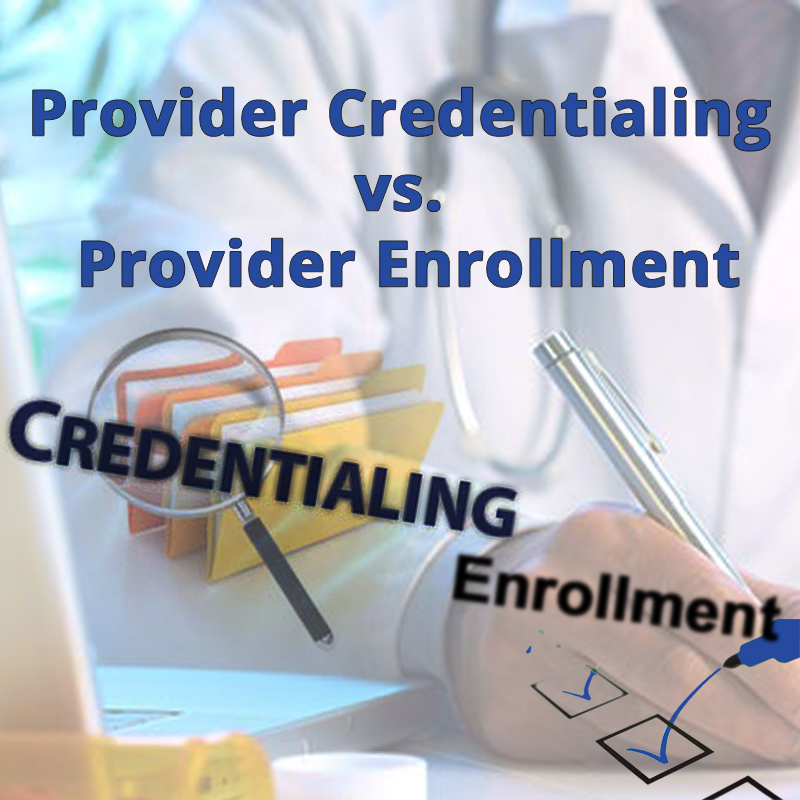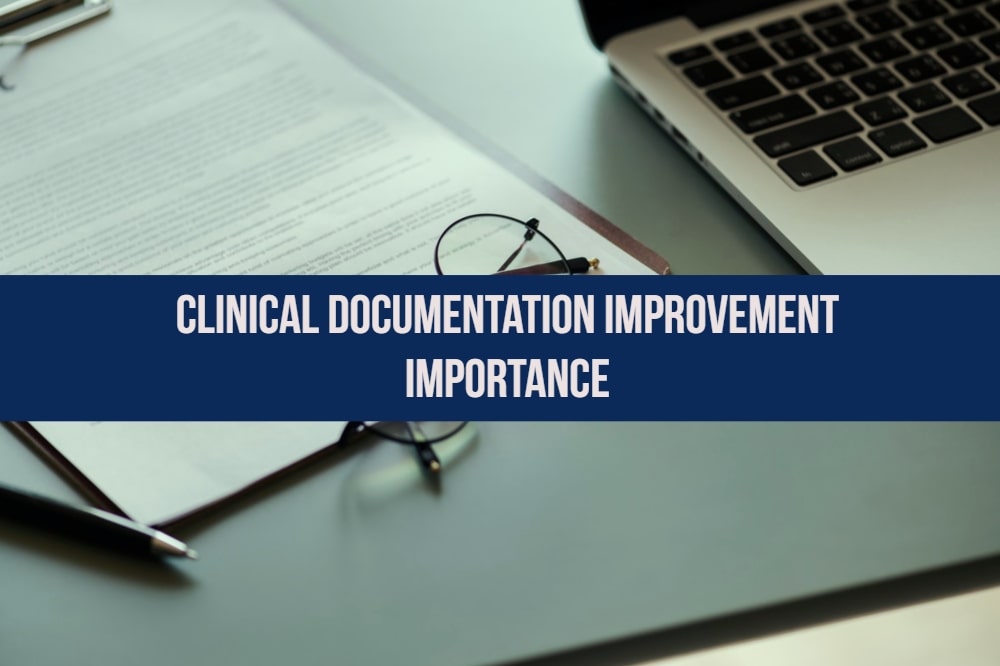Hiring incompetent healthcare providers or allowing them to remain with your facility can lead to increased liabilities in malpractice suits. In order to ensure that your facility does not suffer from this, it is important that credentialing and enrollment of your providers is managed properly and kept up to date. Failure to do so can and will have a negative impact on your revenue cycle. Add to this, the regulatory requirements under which your facility can be at risk of compliance violations.
To ensure that your provider credentialing and enrollment processes are managed properly, it is important to understand the difference between the two.
Provider Credentialing/What is Credentialing
Credentialing refers to the process of verifying the proven skills, training and education of healthcare providers. Verification of the providers credentials are done by contacting the “Primary Source”, which has provided the license, training and education. The credentialing process is used by healthcare facilities as part of their hiring process and by insurance companies to allow the provider to participate in their network. Credentialing is also the validation of a provider in a private health plan and the approval to join the network.
Provider Enrollment
Enrollment refers to the process of requesting participation in a health insurance network as a provider. The process involves requesting participation, completing the credentialing process, submitting supporting documents and signing the contract. Enrollment is also the validation of a provider in a public health plan and the approval to bill the agency for services rendered.
Importance of Provider Credentialing
Provider credentialing dates back to 1000 BC, and has been an important if not critical part of healthcare services. The process of credentialing has undergone many changes over the centuries; however, the content of credentialing has remained the same – a verification of the education, training, experience, expertise and willingness to provide medical services by the provider. It was around 1990, that national organizations started which were dedicated to the credentialing of medical providers. Around the same time, the National Committee for Quality Assurance (NCQA) set guidelines on the process and method of credentialing medical providers.
These guidelines ensure that healthcare providers have undergone stringent scrutiny with regards to their ability and competence, thus making sure that the patients receive the highest level of healthcare. For a patient, it is assuring and confidence boosting to know that your healthcare provider’s credentials are certified as through the healthcare credentialing process, thus ensuring that you are in good and competent hands. For the provider, it states that their colleagues are held to the same standards as them. For the healthcare facility, it shows that they value quality care and place the patient’s well being as a primary goal.
It is very important to remember that in today’s world of health insurance and revenue cycles, improper credentialing can lead to delayed or denied reimbursement for services provided. Worse, it could lead to serious consequences for all concerned in terms of statutory compliance violations, which can result in monetary damages and criminal charges.
Provider credentialing and enrollment has been overlooked as an important component of healthcare management practices for years. However, their impact on compliance issues and financial aspects to a practice has ensured that these are now key components to any thriving practice.
MedConverge has helped numerous practices to streamline their administrative processes as well as train staff in the required compliance guidelines and parameters. Take a look at this success story of a rheumatology center, where the primary issue was staff turnover, their lack of training in ICD-10 which resulted in interaction gap with payers and improper follow-up. MedConverge offered a tailor made approach to rectify and enhance the center’s revenue by diminishing the backlog resulting in improved cash flow within a span of six weeks. The results was improved payer, and patient revenue trend and efficient administration.
MedConverge Provider Enrollment and Provider Credentialing services can help you reduce your on-hold claim values, streamline and standardize administration processes as well as save time while ensuring compliance. For further information, please contact: info@MedConverge.com




